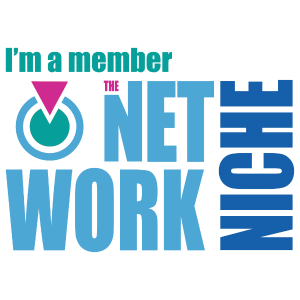Chronic Pain Care & Management
/NOTE: Content is not a substitute for treatment or therapy, and as always, please consult with your healthcare provider.
If you have chronic pain it can be an emotional struggle as well as a physical one.
In my work with chronic pain patients, one treatment approach I use includes solution-focused interventions rooted in mindfulness. Instead of thinking ‘why me’, look at the situation from a ‘what now, how will I deal with this’ perspective. A new mindset can make the situation less stressful, and if you are less anxious, your body will cope with the pain better.
Learn To Relax
Pain occurs to warn you that there is something wrong with your body. It is often in the muscles, but can occur in other parts of the body as well- such as the nerves. If your body is tense the pain could be worse, but learning to relax can aid in lessening the effects of it.
Calming your body down is the objective, and you have to find the best method of relaxing your muscles that suits you and helps to improve your well-being. Some people are lucky enough just to be able to sit back and it happens naturally, where others will have to do progressive muscle relaxing for it to work.
Rest
Some people with painful conditions feel exhausted throughout the day, but may find it difficult to rest due to the high demands of living in today’s society. However, rest is a key factor in proper recovery, so making sure that you listen to your body and try to incorporate rest breaks throughout your day will aid in rejuvenating your body, and could reduce some pain related symptoms.
Don’t Overdo It
If your chronic pain is a bit easier after a few days of rest and relaxation, don’t suddenly try to do everything you normally would. Overdoing it can delay your recovery so even if you are feeling better, take it easy for a while longer. Perhaps doing light tasks can suffice, but keep them simple or you could be back at square one.
Eat Foods That Are Anti-Inflammatory
There are some foods and herbs such as turmeric, oily fish, red fruits and vegetables, and leafy greens that have anti-inflammatory properties. Carrots, squash, watermelon, and peaches are all additions to your diet that could help.
Seek Help from a Medical Professional
There is help available if you’re experiencing in chronic pain. Your healthcare provider is a first step in treatment, or you can visit a specialist- like a chiropractor or physical therapist. Moreover, depending on the type of pain you’re experiencing, you could also try acupuncture or massage therapy.
Another alternative medical approach uses feedback modalities- such as Neurofeedback or Biofeedback. These non-invasive treatment therapies help teach you how to control your own physiology, and in many cases, can reduce pain symptoms in the back, neck, nerves and other areas.
LETS GET SOCIAL…




